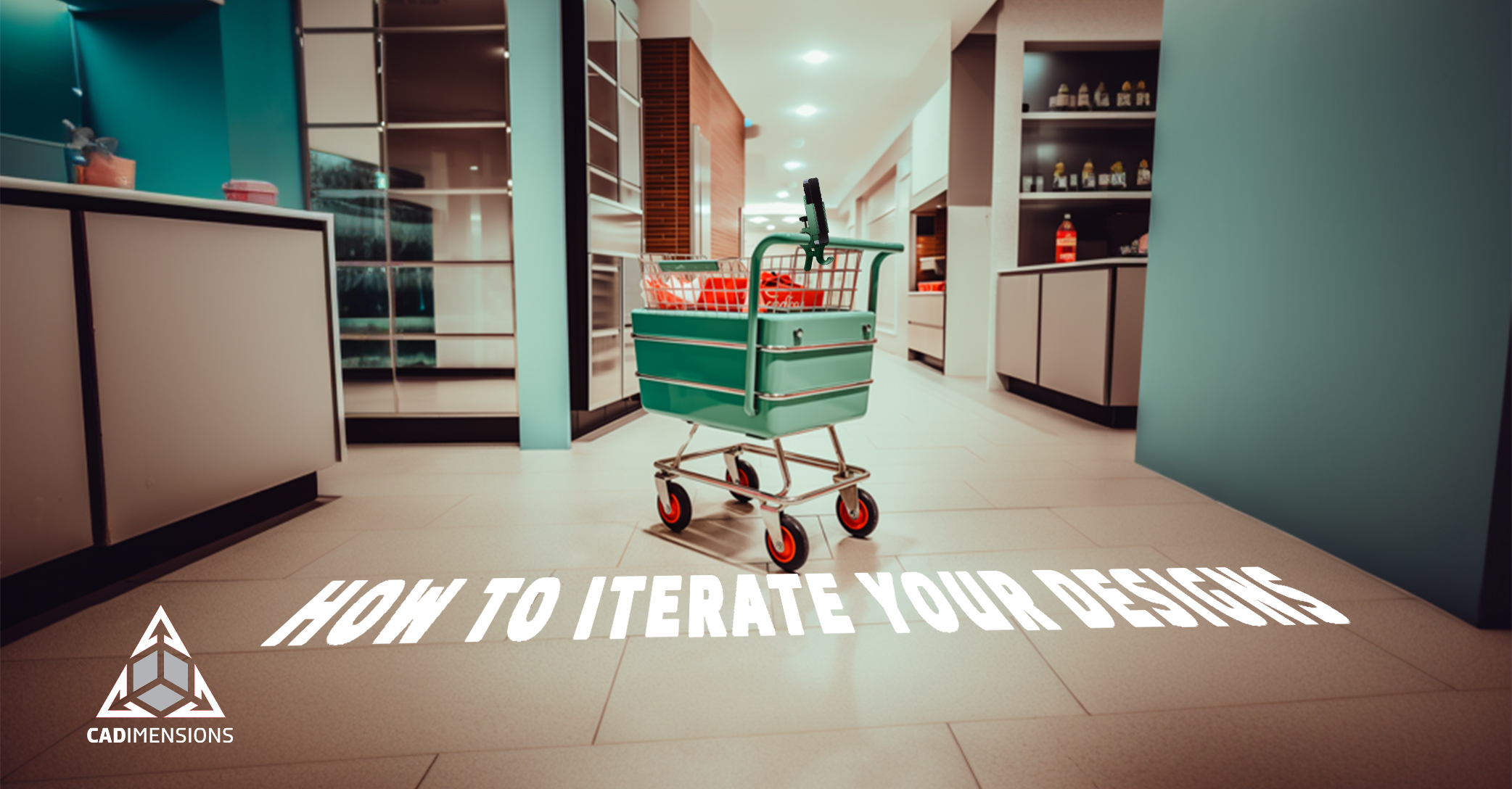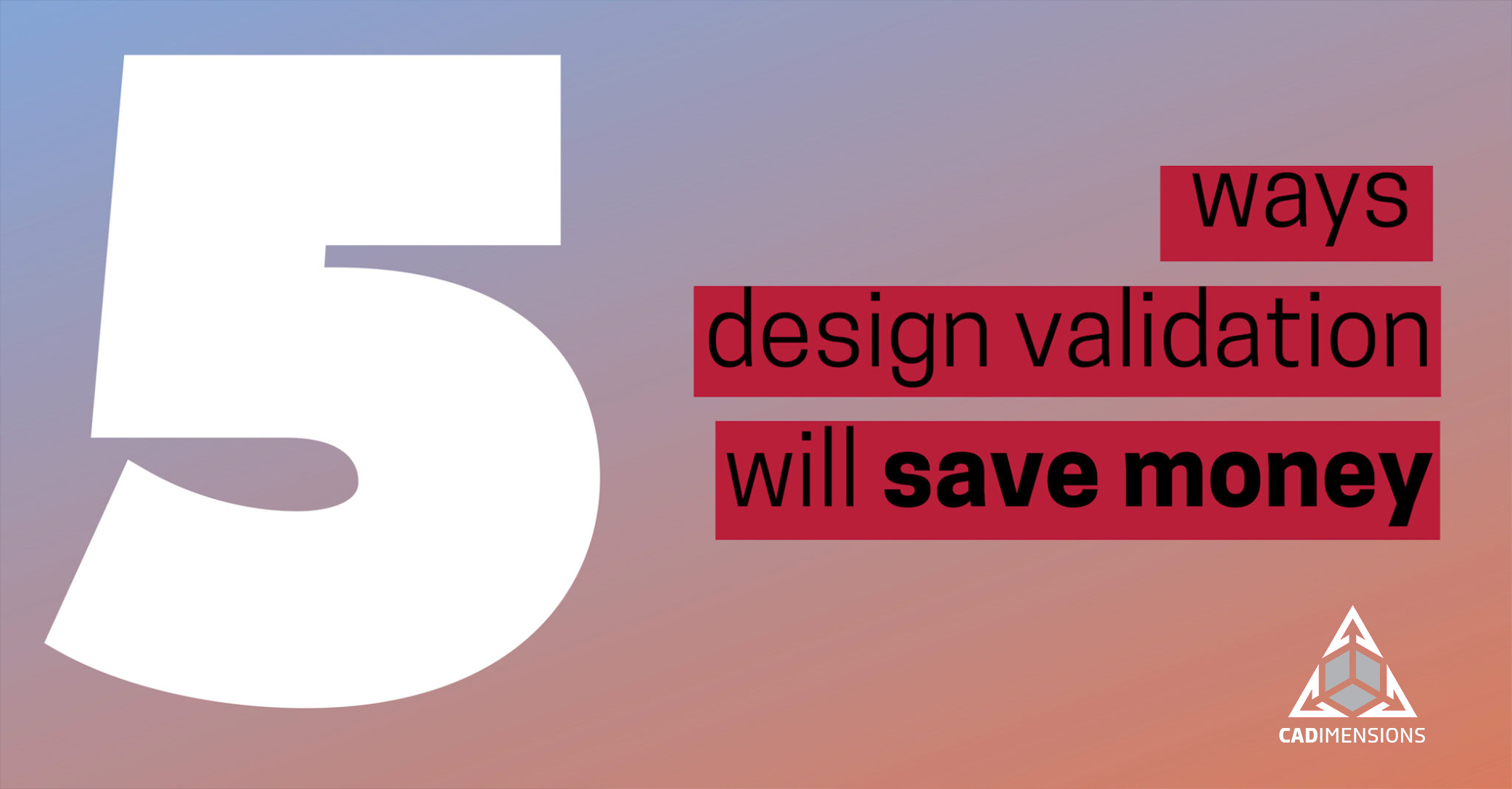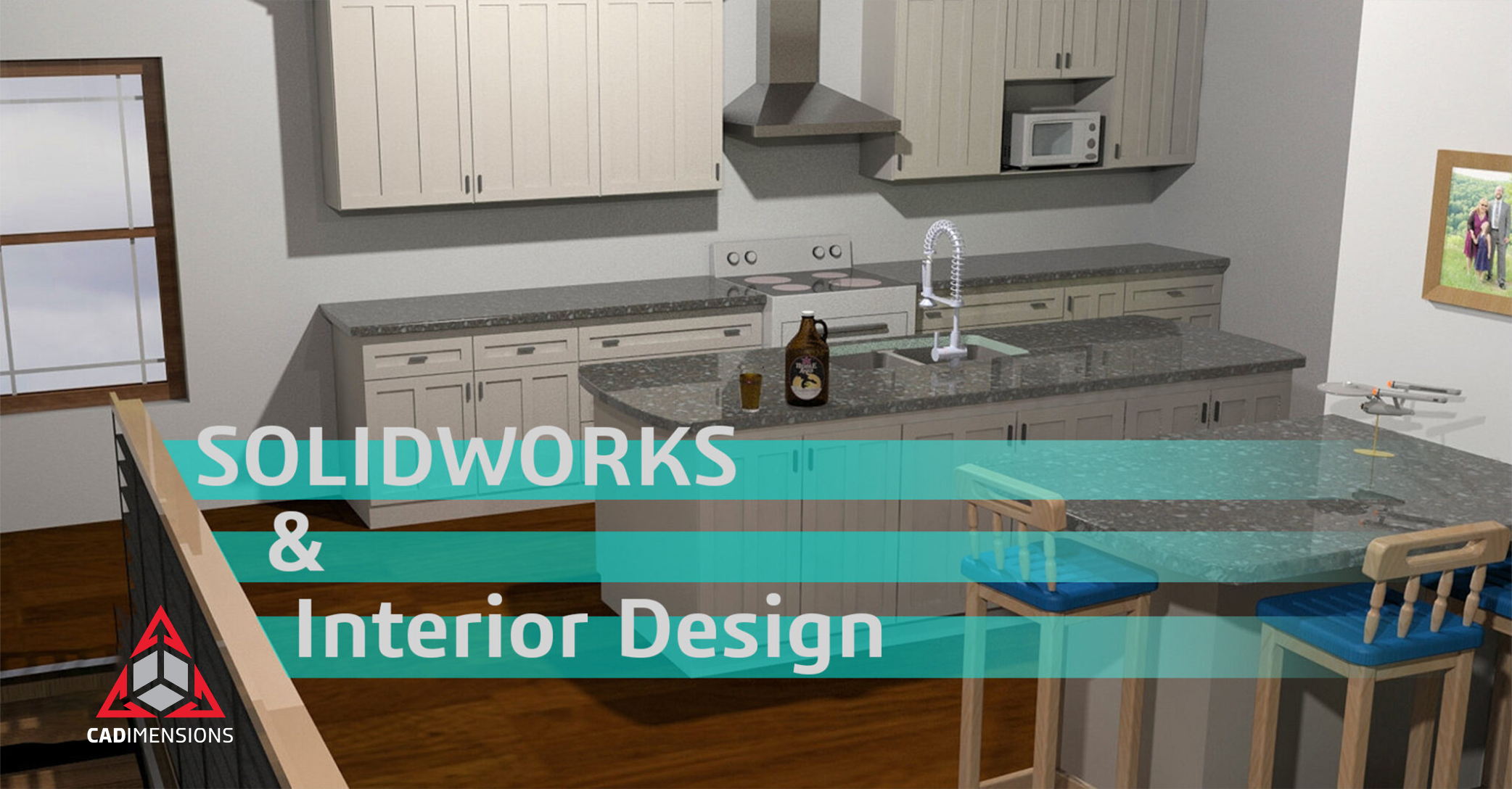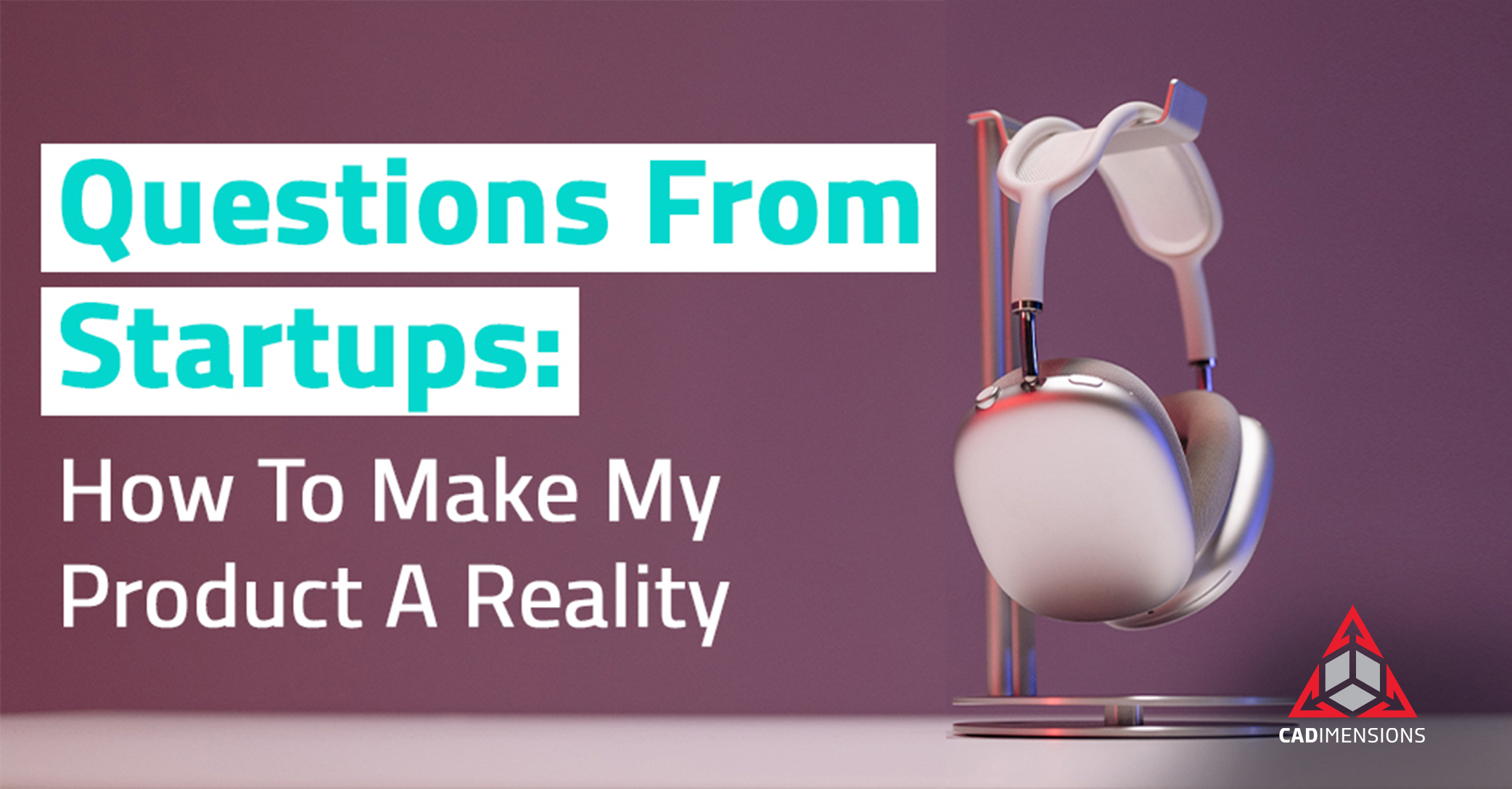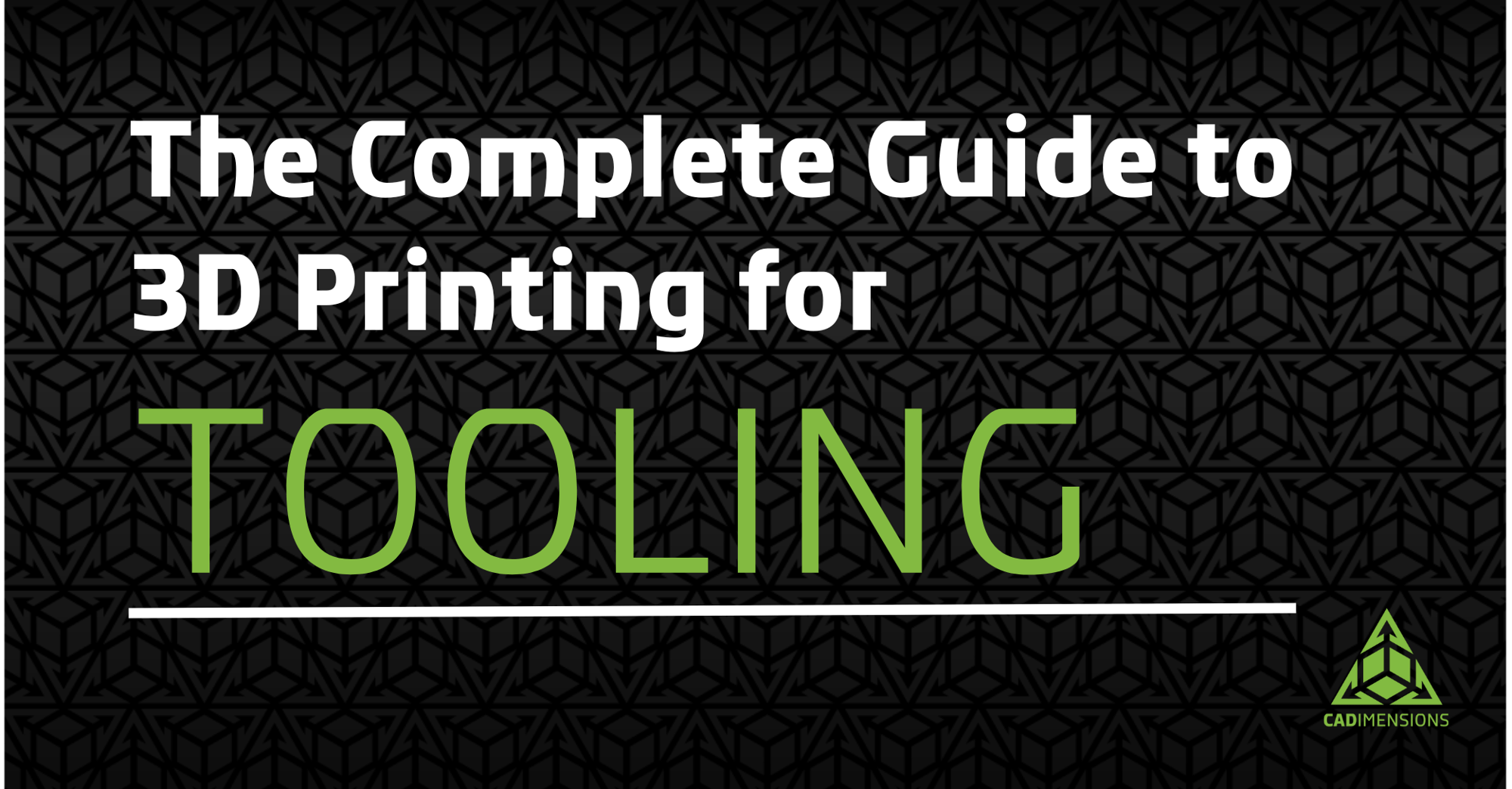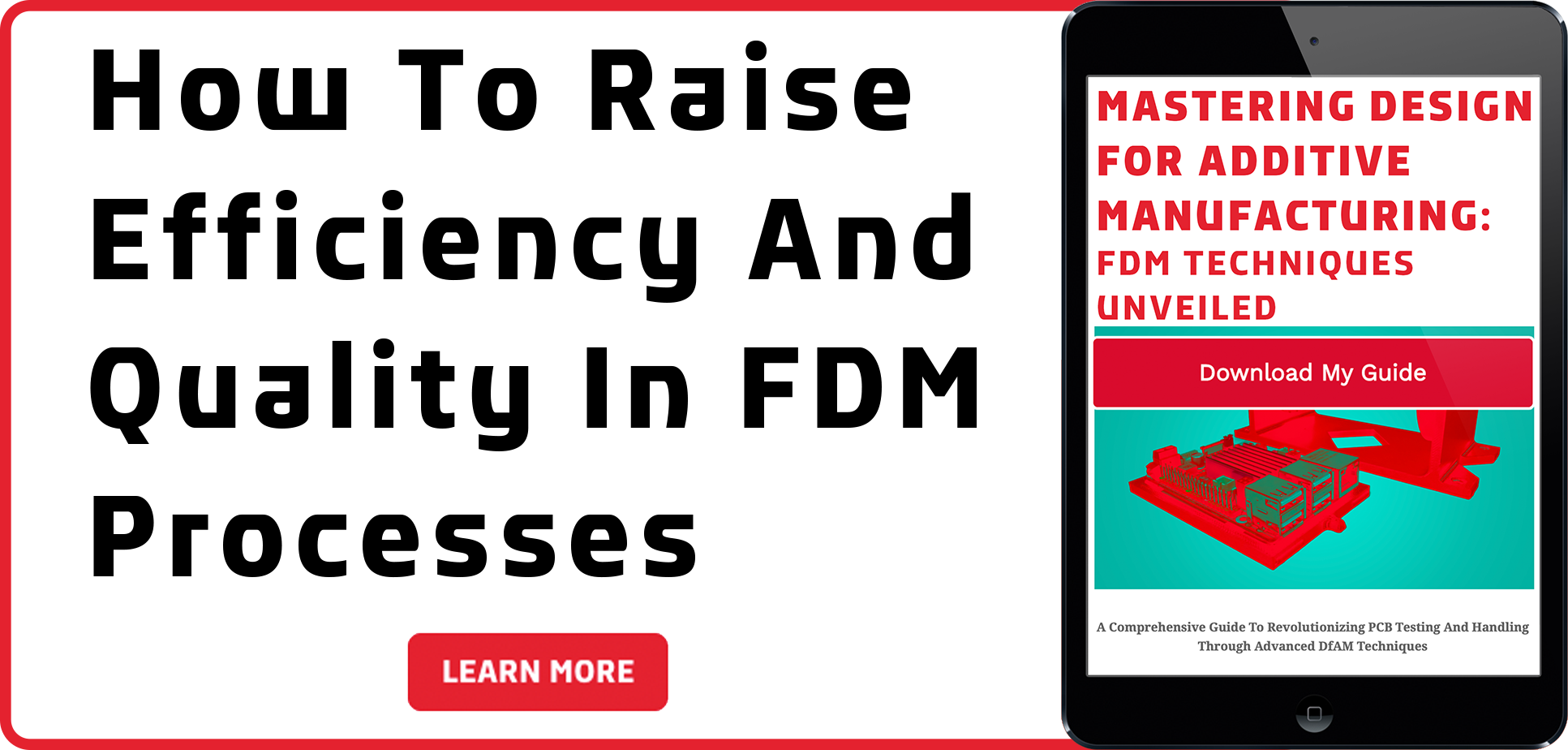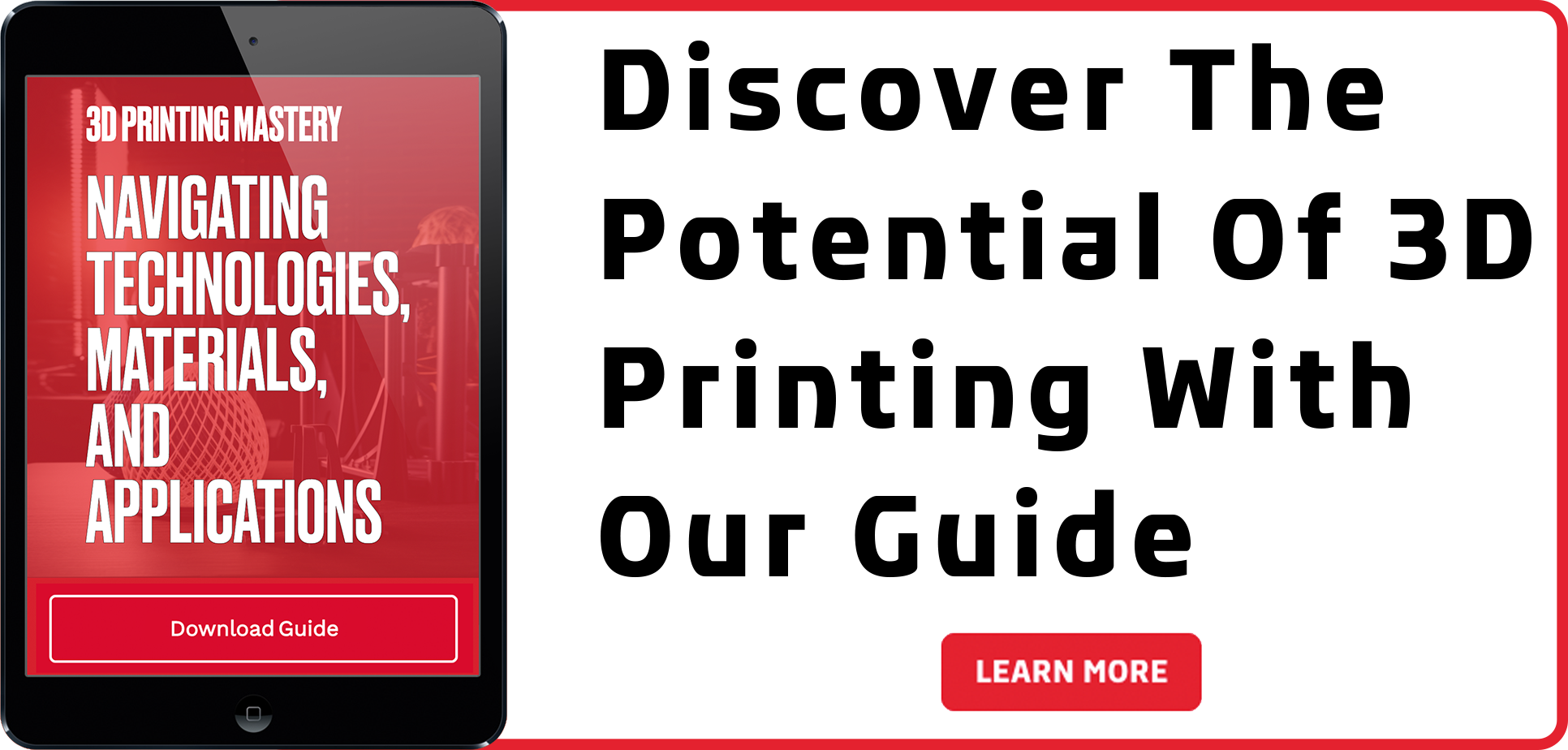Idea to Invention: Designing and Validating Consumer Products
Inventing and designing a new product idea can be both an exciting and daunting process. Everything you see and use on a daily basis including, your phone, your car, your coffee maker, was once just an idea. But for every product you do see, there are thousands of ideas that never make it to market. One of the best ways to improve the odds of getting your idea to market is to test your product virtually using design validation products like SOLIDWORKS Simulation to speed up the development process and reduce your time to market. Testing products in the virtual environment can help hone in on the characteristics you want, and steer you away from costly physical prototypes. We’ve talked about the values and challenges of virtual prototyping before, so if you want a quick refresher check out this blog post.
The Concept
The product we’re looking at for this project is a clip-on cell phone holder for shopping carts with a hook that can support a few shopping bags or even a purse. Before we simulate the design, we of course, have to build the product. Tips and tricks on the design process while introducing this product can be found in the first part of this series here.
What we’ve been tasked with as design engineers is to validate the performance of the new concept design under normal use conditions. We have the CAD model from our coworker which was created using SOLIDWORKS, and we want to make sure it works before we send it out for 3D printing and prototyping and eventually mass production.
Simplifying the Simulation Model

The full assembly can be seen in the figure above, but we can simplify this for the sake of our analysis. The purchased hardware components (set screw, insert, and pin) can be removed from the analysis because we’re only analyzing the components we’ve designed in this particular case. The phone component can be treated as a Remote Mass feature inside of SOLIDWORKS Simulation, so we can simplify that part as well. Remote Mass features are a great way to include the weight of a specific component without having to worry about all of the other details, like meshing it and creating contacts between it and the rest of the assembly.
The pin holding the two halves of the phone holder together can be idealized as a pin connector in the Simulation as well, which is another time-saving way to include the effects of hardware in the simulation model without having to worry about the actual geometry of the hardware.
Boundary conditions for this model included gravity, the Remote Mass mentioned earlier, and a force acting on the bottom hook face of the assembly to represent the weight of a bag hanging under the clip. The inside faces of the phone holder were fixed in place to represent a solid connection to the handlebar of a shopping cart, as seen in the figure below.


Unlock Your Project's Full Potential!
Don’t let uncertainties hinder your project's success! Dive into our a-la-carte simulation services and ensure your designs are flawless and efficient from the get-go! Whether it’s structural, plastics, or flow simulation, our experts are here to elevate your project to new heights!
Secure your spot and transform your visions into groundbreaking realities.
How Heavy Can We Go?
Since this component is going to be 3D printed, the material that we assigned is an ABS-PC blend with all of the appropriate material properties. The goal of this analysis was to figure out how much weight the model can carry before it starts to yield. Doing a what-if type study like this is very easy thanks to Design Studies inside of SOLIDWORKS Simulation. All we need to do is set up our force as a variable; in this case we set it from 5 lbs- 50 lbs in 5 lb increments. Then we can monitor the stress in the model and see when it exceeds the yield stress of our material (10 MPa in this case).

We can see that our model starts to exceed the yield stress after applying 35 lbs of force to the bottom hook, so we can say that our upper strength limit is 30 lbs of stuff hanging from the hook. That’s a lot of groceries!
How Many Times Can We Use This Product?
Once we have our worst case loading condition established, the next thing many product designers worry about is lifecycle. How many times can we use this product before it breaks? This type of analysis is considered a fatigue calculation. This is an important class of analysis to consider because no one is going to buy a product that breaks after 1 use and it directly influences business decisions like how long the warranty is going to last on the product.
For this example, we can feed our stress analysis results into the fatigue module to calculate how many times we can hang a 30 lb bag from our hook before we can reasonably expect it to start to show signs of wear. We can see from our results here that the minimum number of loading cycles is over 2,200, so if we assume a worst-case scenario of one use a day, that’s over 6 years of use!

Next Steps
Most of the time, consumer products have to undergo a variety of loading conditions rather than just one or two. Our simulation experts at CADimensions are skilled in running various validation tests for designs like yours, from thermal considerations, to frequency analyses, to more complex analyses like non-linear or dynamic response options.
We didn’t need to run advanced tests like those for our example in this article, but our experts can also do Flow simulation and Plastic Injection simulations and many more to make sure your part performs under all kinds of conditions. Even if you’re designing a plastic part, our tools can help ensure your part will come out of the mold correctly the first time, cutting out costly scrap and rework time and ensuring product performance.
All these different study types and loading conditions may sound intimidating but don’t worry! CADimensions has a team of experts with years of industry experience to help you get the right tests performed so you can get to market faster than ever with your product designs. Fill out this form to start your product development and testing journey.
The possibilities are endless, especially with the tool and resources readily available. However, if you find yourself looking for some extra help in the process, our team at CADimensions might be able to lend a helping hand. Check out our Services to learn more about how we can assist your design and additive manufacturing needs.
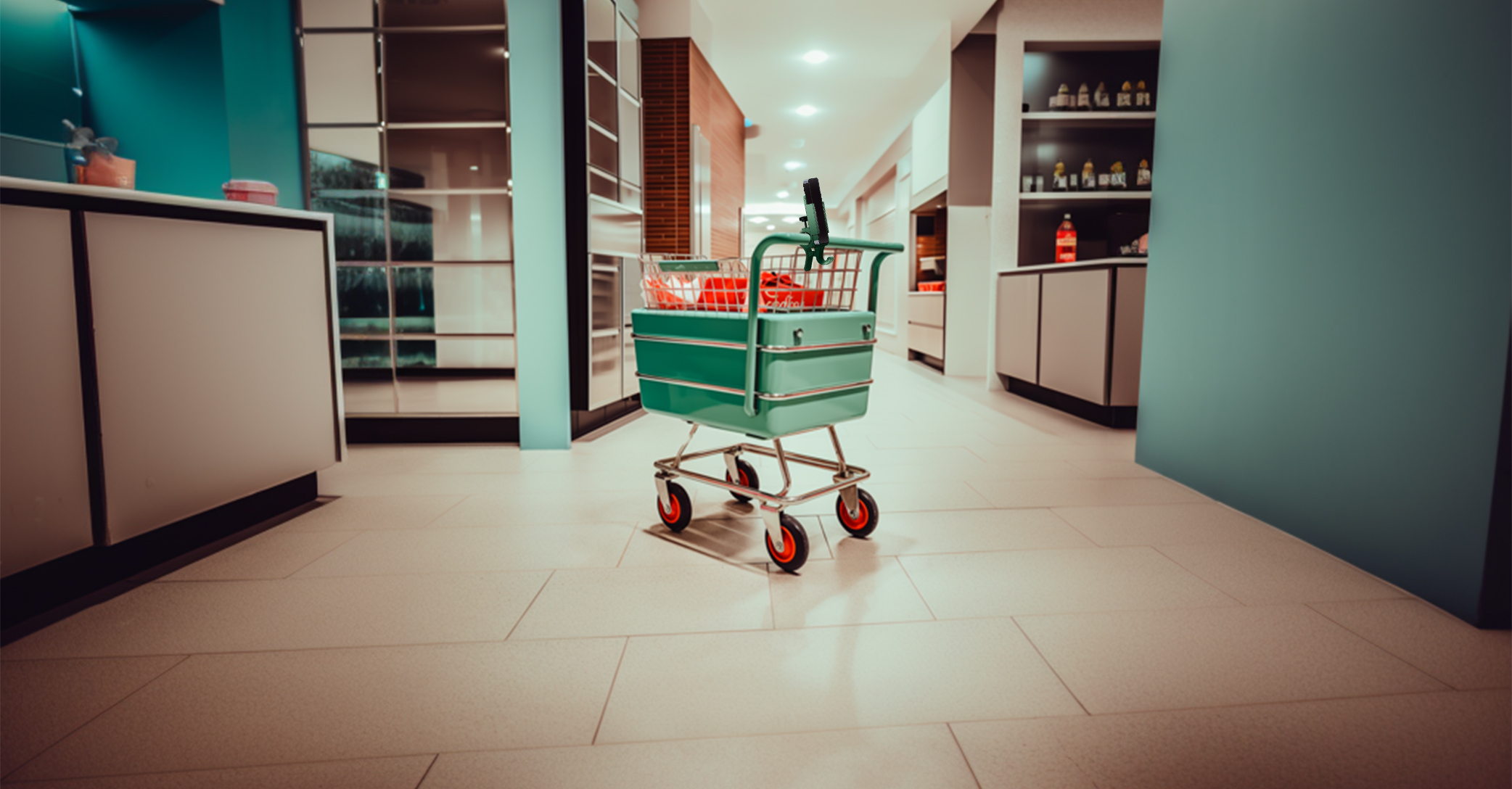
Discover the Innovator's Path. Unlock the Secrets of the Patent Process!
In the ever-evolving world of innovation, knowledge is power. Equip yourself with the tools and insights to protect your groundbreaking ideas and make a lasting impact. So don't miss out! Your blueprint to navigating the patent process with confidence awaits.

